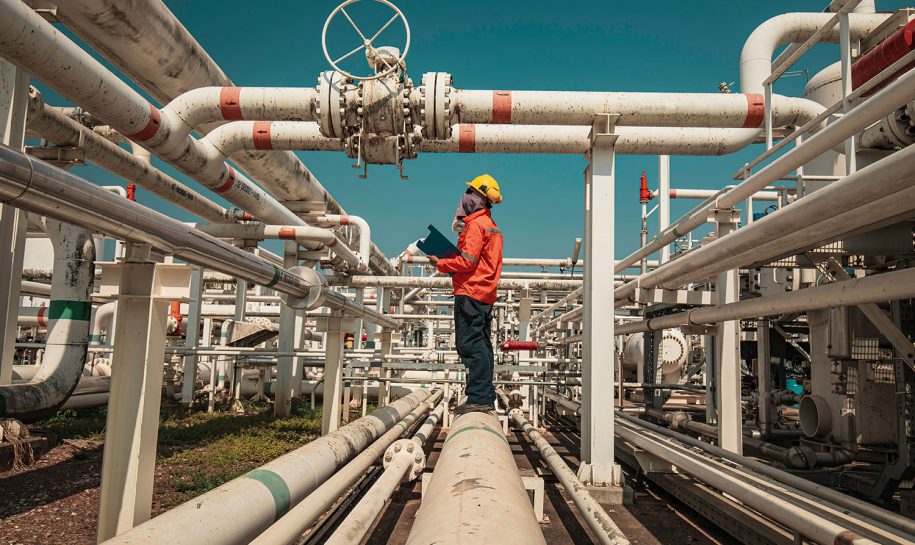The energy supply chain stands at a pivotal crossroads, presenting a landscape filled with significant opportunities and formidable challenges. As the world increasingly shifts toward sustainable energy sources, stakeholders across the industry must adapt to this evolving paradigm. The future of energy hinges on innovation and resilience and those who can navigate these complexities will be poised for success.
The Shift Toward Sustainable Energy
The global transition toward renewable energy sources—such as solar and wind—promises to enhance efficiency and reduce costs. Innovative technologies are emerging that enable more effective harnessing of these resources, paving the way for a cleaner energy future. These advancements can help meet rising energy demands and address critical environmental concerns.
However, this transition is not without its hurdles. The robust infrastructure supporting these new energy sources is one of the most pressing challenges. Current energy systems often struggle to integrate variable resources like solar and wind, which can lead to inefficiencies and disruptions in supply. The intermittent nature of these resources necessitates reevaluating how energy is generated, stored, and distributed.
Infrastructure and Regulatory Challenges
The existing infrastructure is a significant barrier to the successful integration of renewable energy. Many energy supply chains were designed around traditional fossil fuels, making them ill-equipped to handle the variability and complexity introduced by renewables. Upgrading this infrastructure is critical to optimizing energy delivery and minimizing disruptions.
Moreover, regulatory frameworks must evolve in tandem with technological advancements. Current regulations often lag behind the rapid pace of innovation, which can stifle competition and deter investment. Policymakers must create an environment that fosters innovation, ensuring that new technologies compete on a level playing field with established energy sources.
A Proactive Approach to Change
Industry leaders must adopt a proactive approach to effectively navigate these challenges. Embracing change requires a willingness to innovate and the foresight to identify and address potential risks. Companies that leverage data analytics and intelligent technologies stand to gain a significant advantage in this rapidly changing landscape.
By harnessing data, energy companies can optimize their operations, forecast demand more accurately, and improve their resilience against market fluctuations. Advanced analytics can provide insights into consumption patterns and help companies make informed decisions about resource allocation and investment strategies.
Conclusion: Embracing Innovation for Future Success
While the energy supply chain faces undeniable challenges, the potential for innovation and growth is equally substantial. Those willing to embrace change and invest in new technologies will find themselves in a unique position to seize emerging opportunities in this dynamic sector.
The energy landscape is evolving, and the need for robust infrastructure, adaptive regulatory frameworks, and proactive leadership comes with it. By recognizing and addressing these challenges, stakeholders can help shape a more sustainable energy future, ensuring they remain at the forefront of this critical industry transition. In this pivotal moment, the ability to innovate and adapt will define tomorrow’s energy supply chain leaders.

Leave a Reply